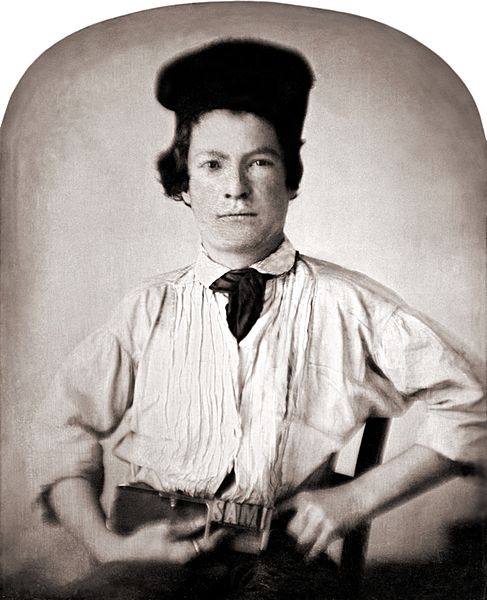
Figure 1 – Daguerreotype of Samuel Clemens (Mark Twain) by G. H. Jones 1850. Retouched by SmallJim. From the Wikimedia Commons and in the public domain.
Mark Twain has appeared a lot in this blog. I think that it may have something to do both with the fact that his life spanned a critical time in the history of photography and because he didn’t suffer fools and hypocrites lightly. In researching yesterday’s blog on CCAPs I came upon a really wonderful picture of Mr. Clemens when he was 15 years old in Hannibal, Missouri in 1850. In this portrait, shown as Figure 1, Clemens is shown holding a printer’s composing stick with the letters SAM. It is a 1/6th plate Daguerreotype.
He was at the time an apprentice printer – following, I guess in the footsteps of Benjamin Franklin. As we have discussed, there is something very special about Daguerreotypes and the captured faces of the nineteenth century that they preserve for us. This picture is particularly wonderful in that it captures a youthful image of an important historic and literary figure, and rare among Daguerreotypes it shows the trade of the person being photographed – here with the added whimsey of the name SAM.
I think also that in a strange way we tend to think of a person as really being two people: the youthful figure of childhood and the fully formed figure of maturity. So when we see a picture of someone as a child it is almost as if it were a different person and we look for resemblances as we would between a father and a son.
It is certainly the case that you cannot look at this figure without thinking of all the, unknown to the subject, adventures that lay ahead of him. And it is very difficult, indeed strange, to attempt to reconcile the youth in this with thick wavy dark hair and the wispy white haired sage of future times.
We have spoken of time travel. In photography, at least, it is indeed possible to become unstuck in time and to travel at random through a person’s life. In photography the paradox is that while you may flip randomly from moment to moment, each moment is rigidly defined as if stapled or glued to the fabric of space-time. In Tom Stoppard’s “Rosencrantz and Guildenstern are Dead,” poor Guildenstern ponders the possible reasons why one might toss 90 heads in a row:
“Two: time has stopped dead, and the single experience of one coin being spun once has been repeated ninety times…”
Guildenstern finds this possibility doubtful and dubious. It does however explain the play.
And it may contribute to our understanding of the paradoxical magic of photography. These images are so real and so lifelike. But they are moments frozen forever by the camera. Just as Rosencrantz and Guildenstern have no existence outside the play of Hamlet; so too these once vibrant, free-willed people have no other existence than the tangible photograph and the perception of it in our minds eye.
The photograph remains, however, a triumph over death. It is eternal. In his masterpiece Sonnet XVIII William Shakespeare speaks of his beloved. Allow me to stretch the meaning of his words. He might as well been writing about and old photograph:
“But thy eternal summer shall not fade,
Nor lose possession of that fair thou ow’st,
Nor shall death brag thou wander’st in his shade,
When in eternal lines to time thou grow’st,
So long as men can breathe, or eyes can see,
So long lives this, and this gives life to thee.”

Pingback: The photograph as measurement | Hati and Skoll Gallery